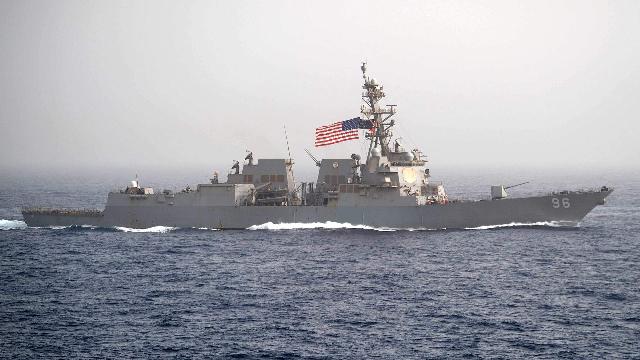The ship is taking part in the NATO Neptune Strike exercises — how Russia reacts to this
The US Navy destroyer USS Bainbridge has entered the waters of the Baltic Sea and is currently maneuvering in its northern part, sources told Izvestia. He will take part in the NATO naval exercises Neptune Strike, which began on September 22. Experts note that the Baltic Fleet has established careful monitoring of the ships of the Northern Alliance and will monitor their actions until the end of all events.
The Tomahawk Destroyer
URO Destroyer (guided missile weapons) The US Navy USS Bainbridge has entered the Baltic Sea and has been maneuvering in its northern part for several days, sources familiar with the situation told Izvestia. He will take part in the NATO Neptune Strike exercises, which will be held from September 22 to 26, conducted by the Finnish Navy in the northern part of the Baltic Sea.
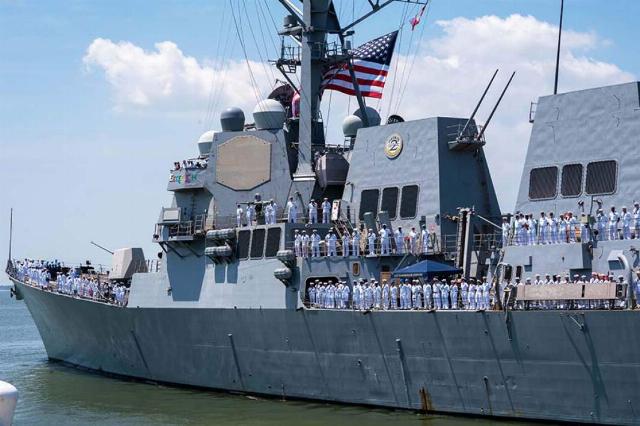
The destroyer USS Bainbridge
Image source: Photo: TASS/Zuma
The Swedish Navy corvette HMS Helsingborg and the German frigate FGS Hamburg, which are part of the NATO Permanent Naval Task Force (SNMG1), will also take part in them.
Bainbridge belongs to the Arleigh Burke class destroyers — the US Navy has several dozen such ships, Dmitry Kornev, a military expert and editor of the MilitaryRussia website, told Izvestia.
"An American destroyer is a serious combat unit," he explained. — It carries two universal Tomahawk cruise missile launchers — aft and forward. The ship can use up to 56 such munitions. Tomahawks can hit ground targets at a range of one and a half to two thousand kilometers, that is, it can shoot through most of the European territory of Russia from the Baltic. The remaining cells of the launcher are occupied by Aegis anti-aircraft missiles. Destroyers of this class can use Standard or Sea Sparow ammunition.
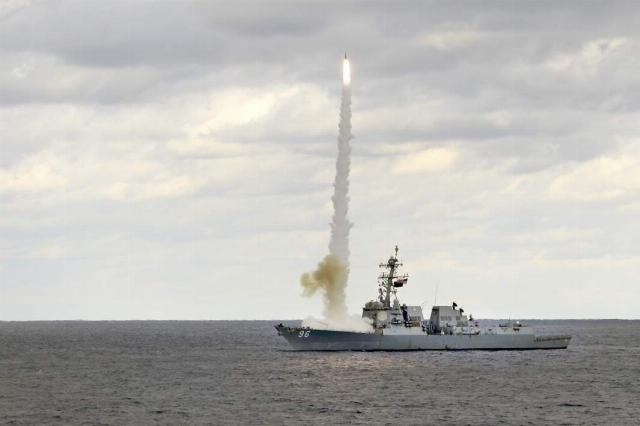
Photo: Global Look Press/US Navy
Image source: iz.ru
Such a ship alone does not pose any problems for the Russian Navy, Dmitry Kornev noted.
"We will monitor his presence near Russian territory," he said. — We have ships in the Baltic that can fight such destroyers. In particular, these are Project 20380 corvettes with Uran anti-ship missiles, small missile ships carrying Kalibras and a large number of missile boats. In the Leningrad and Kaliningrad regions, there are Bal and Bastion anti-ship complexes, as well as missile brigades armed with Iskander ballistic missiles, which can also be used against naval targets. Do not forget about the aviation grouping of the Baltic Fleet and the Leningrad Military District.
If necessary, such a target as a single destroyer will, of course, be destroyed almost instantly, Dmitry Kornev is sure.
The Baltic direction
The scenarios of the NATO exercises prescribe defensive tasks, but in practice they will practice the elements of the blockade of St. Petersburg and the Kaliningrad region, military expert Captain first rank Vasily Dandykin told Izvestia.
"NATO does not hide its intention to make the Baltic Sea its own inland sea," he noted. — We are the only country that prevents the implementation of these plans. Of course, their first task is to put pressure on St. Petersburg and Kaliningrad. Our naval bases are located here, and they are also the largest shipbuilding centers.
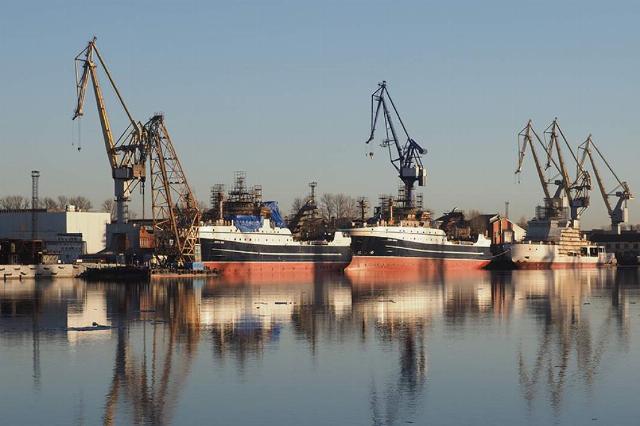
Admiralty Shipbuilding Plant in St. Petersburg
Image source: Photo: TASS/Maya Zhinkina
The expert noted that the German Navy is responsible for the region in NATO, and the headquarters of the alliance's joint naval forces operating in the Baltic is also located there.
"The American Tomahawk destroyer in these exercises is the wedding admiral, who is watching over what is happening," he explained.
The NATO ships will work out a number of other tasks during the maneuvers, military expert Viktor Litovkin told Izvestia.
— One of the main ones is the closure of trade routes in the Baltic Sea and the inspection of ships that they find suspicious, — the expert is sure. — Another possible task is to practice attacks on facilities on our territory. In addition, the interaction of ships from different countries at sea, joint maneuvering, communications, search for submarines, repelling air attacks using air defense systems and electronic warfare will be worked out.
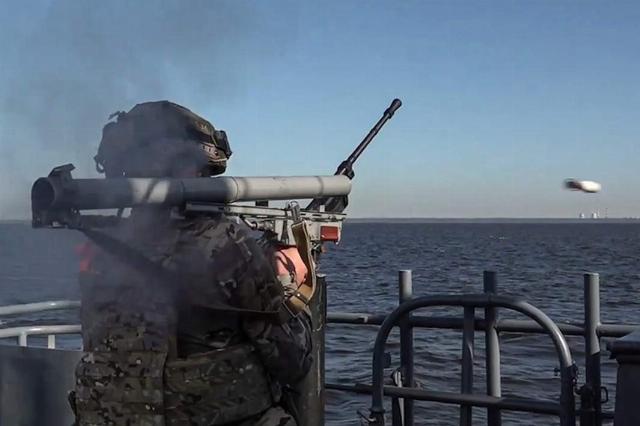
Photo: RIA Novosti/Press Service of the Ministry of Defense of the Russian Federation
Image source: iz.ru
The Baltic Fleet is carefully monitoring the actions of the American destroyer and other ships of the North Atlantic Alliance, Viktor Litovkin explained.
"Aviation, warships, Baltic Fleet coastal missile systems and radar stations are involved," he stressed. — If threatening maneuvers are undertaken by the ships of the North Atlantic Alliance, appropriate measures will be taken on our part.
From the Atlantic to the Mediterranean
NATO countries are increasing the number of military exercises. In parallel, on September 22, Dynamic Messenger 25 maneuvers started in the Atlantic Ocean. It is planned to work out the use of marine unmanned systems — autonomous surface ships, submarines and aircraft.
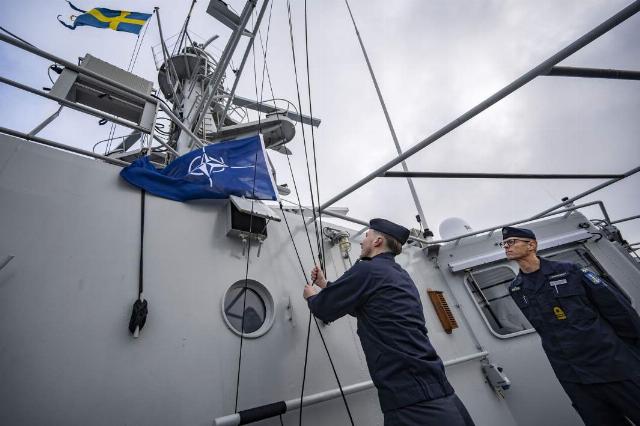
Photo: Global Look Press/Johan Nilsson /TT
Image source: iz.ru
The other day, the NATO Dynamic Guard-II 2025 exercise ended in the Eastern Mediterranean. They worked out a set of measures related to electronic warfare. The backbone of the forces consisted of the ships of the Turkish Navy — the frigates Gediz and Barbaros, the fast patrol boat Imbat and the landing ship Osmangazi.
Dynamic Guard exercises are a key element of the tactical training of the NATO Response Force (NRC) in the Mediterranean Sea. According to the official version, the maneuvers are aimed at maintaining a high level of expertise in the field of electronic warfare and missile defense. Experts interviewed by Izvestia are confident that the alliance was actually rehearsing the blockade and electronic suppression of key Russian facilities in Syria — the military bases in Khmeimim and Tartus.
Bogdan Stepovoy
